
What is Overtourism
Last Updated November 12th, 2019
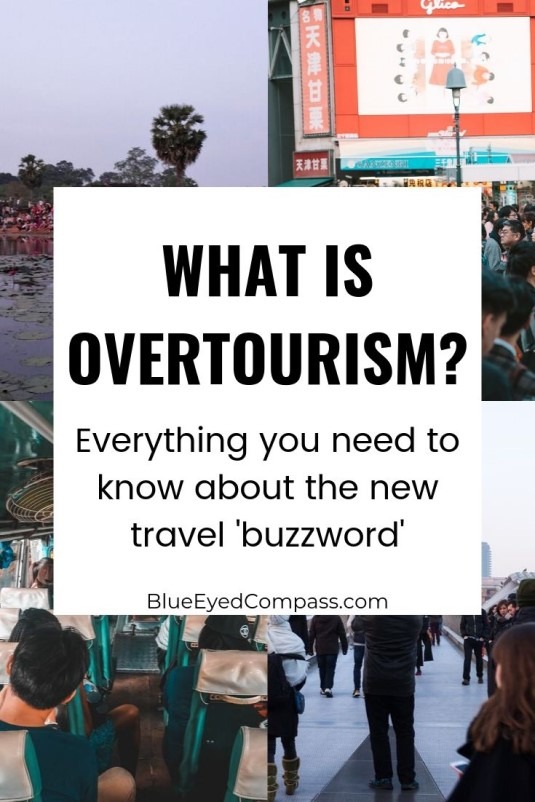
If you love to travel and you love the planet, put those two together and you’d get sustainable travel. Alright, this isn’t the best or exact definition of the phrase, but an easy to understand the perspective of it.
My love and respect for both traveling and planet Earth led me down the rabbit hole of research, observation, discussion and acknowledgment of sustainable travel, and one topic that I’ve witnessed more and more personally, which is overtourism.
Overtourism is a relatively new ‘buzzword’ that was first coined in 2012, yet only highlighted in the media in 2017 when protests in Barcelona began against tourists.
Definition of Overtourism :
Overtourism describes a destination negatively by both locals and visitors as having too many tourists. Locals want the tourists to get out of their way, tourists feel like the places are too crowded, and caretakers spend much of their time performing crowd control and wear & tear control duties. Essentially, the quality of life and the quality of the experience has deteriorated.
There has been a serious loss in authenticity within popular destinations. Yet, we are all apart of the problem. Think of it in terms of car traffic. We complain about the traffic while we’re driving a car, just like we complain about too long of lines at popular landmarks while we’re waiting in the line. It almost feels like there is no escape from overtourism, and genuine locals are becoming a new endangered species
Tourism is a service industry that sells a product of which it does NOT own. The physical place is the product. In most cases, tourism is considered a ‘pastime’ as opposed to an industry- when in fact, it IS an industry, and one that has gone unnoticed as it’s grown so quickly.
This global phenomenon of over-tourism is happening all over the world, even in places that you wouldn’t expect. The cost of travel is continually decreasing, and the number of international departures from any given airport increases each year. The tourism industry grows no matter the global issues going on. Effectively creating a destructive force on high-profile and in-demand destinations.
Yet, saying a place has an overtourism problem isn’t a specific label, as the phrase’ too many’ is a subjective term. It’s easier to understand when you look at the causes and effects of over-tourism.
Read More : Sustainable Travelers Carry-On Essentials
What causes Overtourism?
Why is overtourism happening?
As I mentioned before, tourism is an industry, and like most other sales-driven industries, its success is based around its growth. And it seems that overtourism is a result of success for tourism boards.
Many Americans began traveling after World War 2 ended with a significant increase beginning in the 1970s and 1980s. Meaning the travel industry we know today has been around for just about 50 years, a measly few decades of uncontrolled growth. Worldwide we’ve gone from about 30 million travelers each year, to over 1.3 billion travelers every year. And while it’s incredibly exciting to know that so many more people are able to experience the beauty of our planet, it feels as if the tourism industry has gone unchecked during its growth.
Think of it compared to our technology advances.
I grew up with dial-up internet on a bulky computer, then after college, I moved out of my parent’s house with a small, swiftly functioning smartphone. The travel industry has quickly transformed from an unknown perspective to one with multifaceted options, with little control over travelers behaviors.
Read More : 23 Ways to Help Prevent Overtourism
What are the Drivers of Overtourism:
- Population growth — in 2009 there was about 6.8 billion people in the world, five years ago it was 7.3 billion & currently we are at 7.7 billion people across the globe.
- Rising affluence of the middle class –> there are more people who are able to spend part of their income on travel
- Lack of an ability to track & report accurate data: government’s report their overall tourist numbers which lump together cruise ships, duty-free shoppers, resort guests, backpackers, etc
- Technological advances –>
- mass air travel has taken off like a racehorse
- the internet is accessible in more places
- and the cruise industry has ships larger than many of the cities they port at, with their 8,000 visitors spilling onto the streets of aodrable places, only to have them all flock back for dinner
*fun fact- cruise ships are allowed to burn cheap, bad for the environment fuels which is one of the reasons cruise ships can be cheap
Effects of Overtourism:
A lack of accurate reporting leads to misconceptions and disillusionment of how severe an issue of over tourism may be to a destination. The effects of over tourism reflect on residents, tourists and the destination itself. Here are a few of the effects on all three:
Alienated LOCAL Residents:
- Irreparable damage to infrastructure, natural areas & cultural monuments
- Harsh resident resentment due to excess traffic, too large of crowds in inconvenient places
- Inflated real estate & rent prices: this is partly due to businesses like AirBnb (who is often pinpointed as a scapegoat for this issue). This happens because apartments are suddenly for vacation rentals instead of rent, and a lack of living spaces creates a new supply & demand issue
- A decreased supply of living spaces → higher demand to find a place to live = which means owners can charge tenants higher rent


- A shift of relevant retail stores to souvenir shops, along with other neighborhood setups catered to tourists, as opposed to those residing there
- Many jobs are low paying and seasonal, with much of the revenue going back to large, wealthy corporations out of the destination
Tourists & they’re mitigated experiences:
- Very crowded destinations
- A low value for their money spent
- No sense of authenticity in a destination, which leads to fewer stories to take home to share
Overloaded Destinations:
- On the bright side, tourism in some places has brought wealth to lesser-known or forgotten rural communities
- Tourism has helped restore crumbling historic infrastructures
- Negatively, there is an increase of garbage at these popular landmarks
- With an increase of visitors, a destination is often unable to enforce respect & regulations for the place
These causes & effects all bring about concerns with overtourism. Not only are major destinations losing their unique identity – which is the main reason for so many visiting – there is also a lack of control over the situation. Tourism managements are either nonexistent or are ill equipped to handle the influx of visitors in a way that still produces revenue for the country. And the ‘sweet spot’ number of ‘happy to have’ visitors versus too many people does not exist, and would be unique to each destination. The term ‘carrying capacity’ is used to describe this, and needs to be thought of in terms of physical carrying capacity and social carrying capacity.
PHYSICAL — how many people can infrastructures & landmarks contain?
SOCIAL — how many visitors can residents & other tourists tolerate before having a negative experience?
No matter how you spin it, there is an overall loss of identity that these over visited places are experiencing. Here are a few examples of over tourism from fellow travel writers, bloggers & photographers:
Overtourism Example & How Rome is trying to fix it
Examples of Overtourism:
Where is Overtourism occurring?
You’ll hear and read about overtourism being a continuous problem in many countries. Most recognized is Barcelona Spain, Venice Italy, Amsterdam Netherlands, Japan, Croatia, and Bali Indonesia.
Below are examples of Overtourism witnessed around the world from fellow travel bloggers :
Plitvice Lakes National Park, Croatia
“The whole park had a little boardwalk that you had to follow to see the waterfalls. It was PACKED”


From Nicole, @ourwildestlife
Tram 28, Lisbon, Portugal
“The other day, I saw a queue of (I counted) more than 200 people lining up for Lisbon’s Tram 28.
Tram 28 is one of Lisbon’s most scenic tram routes, and the journey is recommended in countless guidebooks and on travel blogs. Unfortunately, it’s not actually a sightseeing bus: it’s home people in neighbourhoods like Graça get to the city centre.
A queue of 200 people not only means that locals can’t use this tram, but it’s also not going to be a particularly fun experience for tourists either.”
From James, blogger at Portugalist.com, check out his post on tourist alternatives, like walking the route this tram takes!


From James, blogger at Portugalist.com, check out his post on tourist alternatives, like walking the route this tram takes!
Basílica del Voto Nacional in Quito, Ecuador
“This photo was taken during a trip to the Basílica del Voto Nacional in Quito. Prior to entering, the security guard made it very clear that we weren’t to deface any of the stonework or climb on the structure. Although the Basílica was constructed in sections, parts of it are very old and undergo frequent maintenance work. Upon reaching the top of the tower, we were greeted with this sight. Clearly the memo hadn’t reached everyone.”
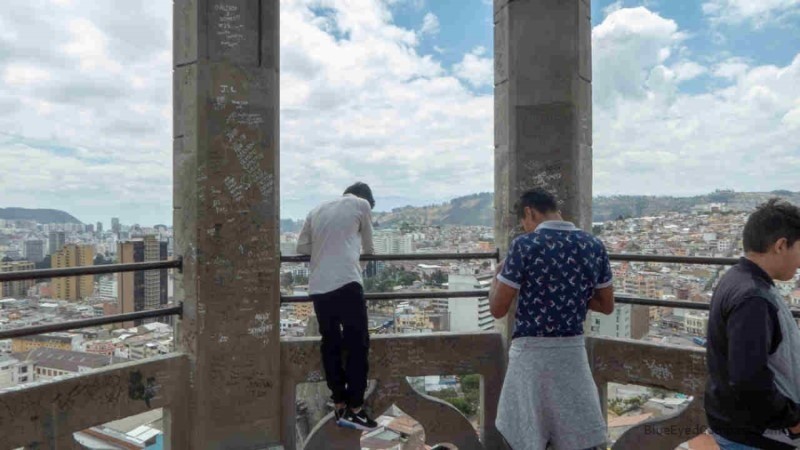

From Sheree, blogger behind Winging the World
Machu Picchu, Peru
“We went to Machu Picchu at sunrise, when there were relatively few people. After a tour with a guide, we hiked up to the Sungate. When we got back to the main site, we could barely get around due to the amount of people. The cleared areas you see in the photos are because you can only walk on specific paths around the historic site. I wanted to stay longer at Machu Picchu because it’s incredible, but it was just too uncomfortable with the crowds. Now, I don’t really recommend going to Machu Picchu unless you can arrive at sunrise and have a moment alone with the site.”
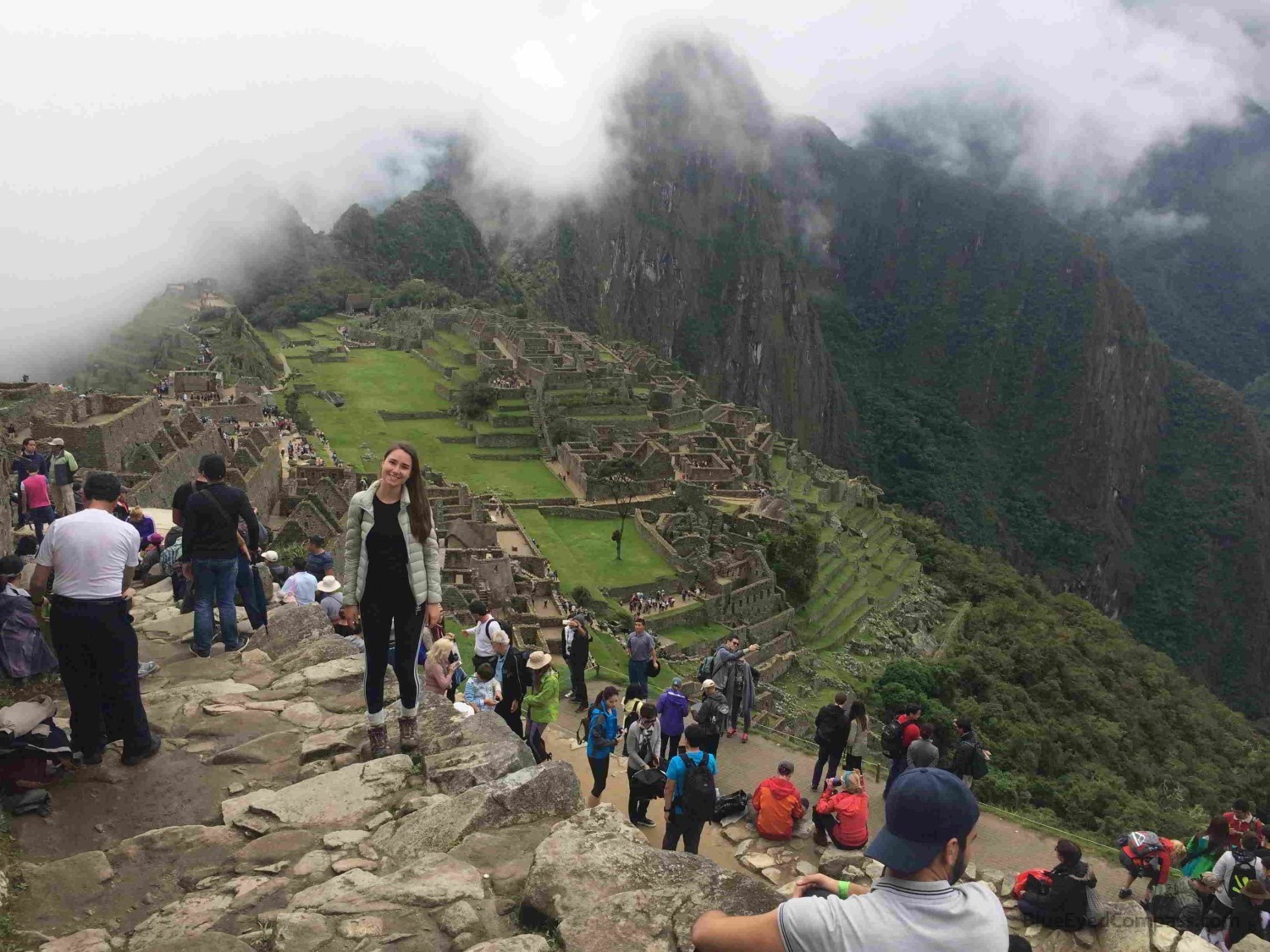

From Hanna, blogger behind Moderately Adventurous
Angkor Wat, Cambodia
“This past summer I traveled to the famous Angkor Wat to watch the sunrise. Turns out that it was quite a popular destination with hundreds of people lined up along the water’s edge.”


From Chelsey, the blogger behind The Ninja Gypsy
Nyaung Lat Phat Kan, Myanmar
“…on Christmas Day 2018 (when these photographs were taken) the crowds were out in Bagan. At sunset, the Nyaung Lat Phat Kan hill viewpoint was seriously overcrowded as hundreds of tourists competed to take that perfect sunset photo. Our sunset pictures may look serene but that was far from the reality. Our two small children were towered over by the crowds who pushed past them.
Much of the overcrowding at the viewpoints is because nearly all the temples in Bagan that tourists were once allowed to climb are now closed for safety reasons. This is putting a lot of pressure on the few designated viewing places.”
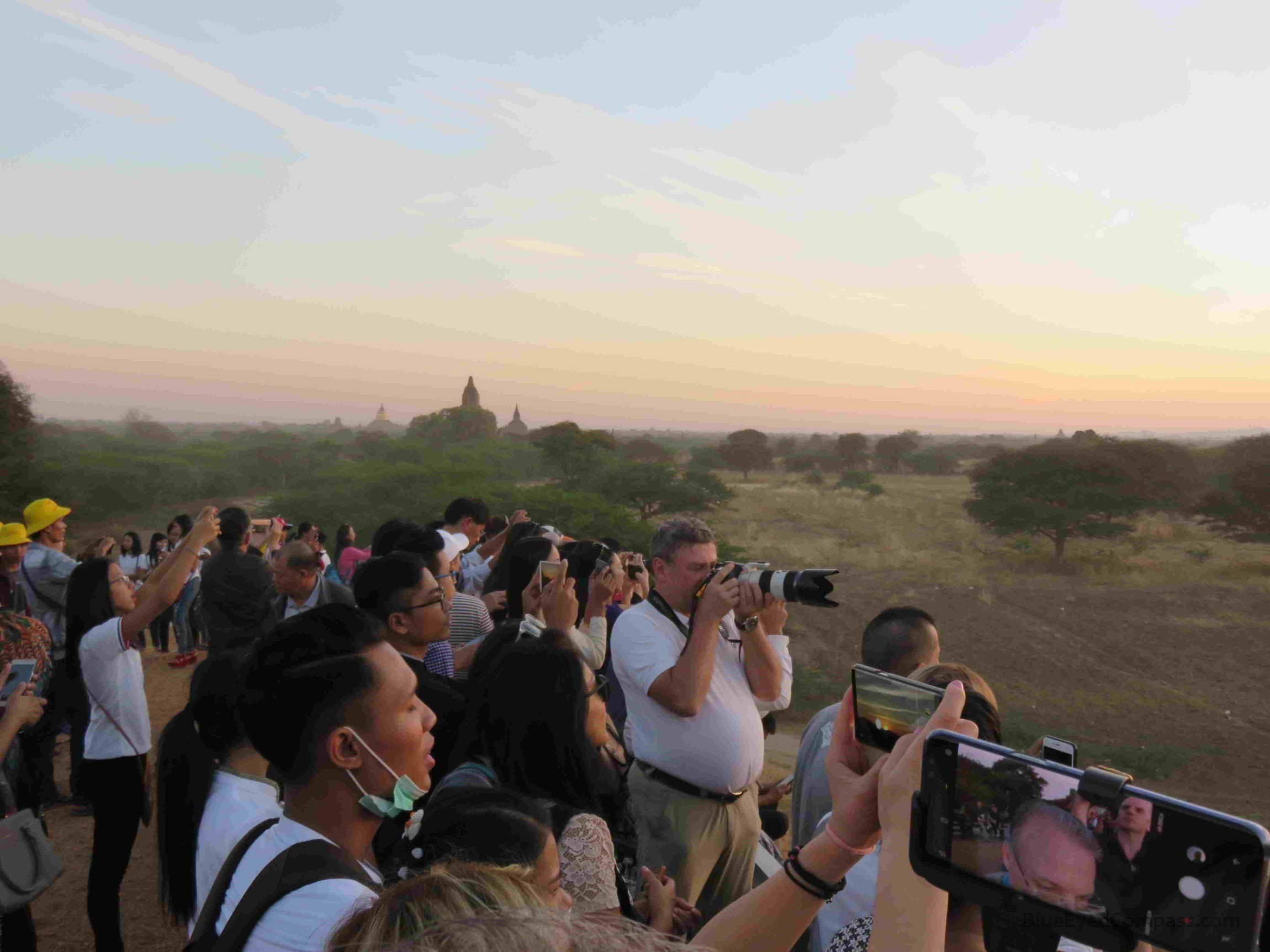

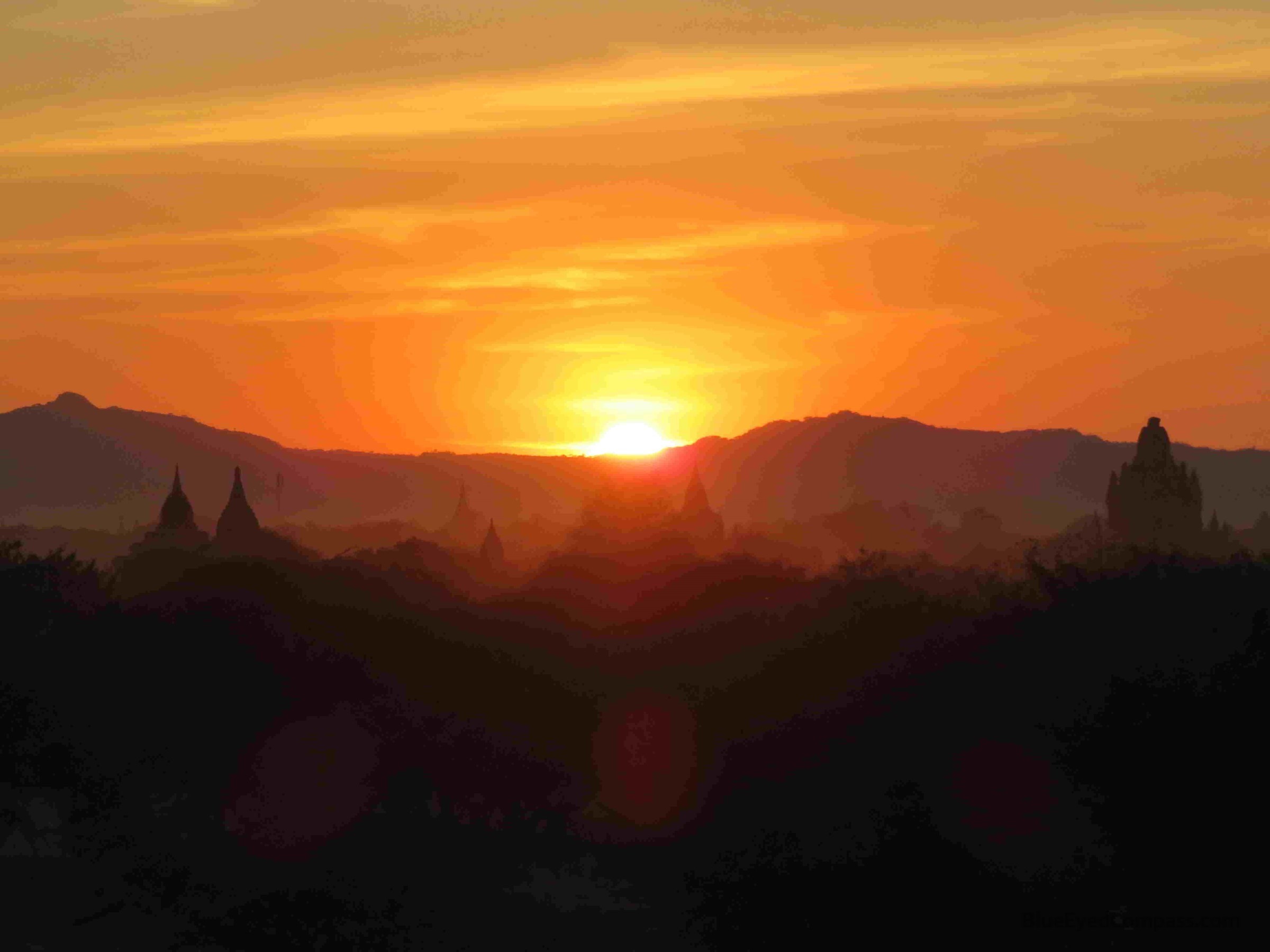

From Kirsty, the blogger behind World for a Girl
Resort in Kusadashi, Turkey
“This is a resort in Turkey that is filled with European tourists. We spent only about an hour on this beach before leaving as it was such an unpleasant experience! I had to move at least half a dozen cigarette butts just to clear enough space for my beach towel! ”


From Hayley, the blogger behind Life as a Butterfly
The Taj Mahal
“We recently visited the Taj Mahal. From distance you can see the impacts of overturisim. The white marble is tainted by the smog and the fog makes the view a little blurry. The lines to enter starts at 6am. Although tourist seems to believe that if they get there early it will be empty, the reality is complete opposite. Inside, crowds gather on the same spot to get the same picture everyone will be posting on instagram. The expectation surrounding the Taj Mahal comes to pieces once you see the real location without filters; magnificent, but far from what you think it would be like. However, It is an impressive view with or without photo editing.”


From Laura, the blogger behind Three Decades Ago
The Grand Canyon
“The Grand Canyon is one of the most popular national parks in the United States, with over six million visitors annually. Most visitors don’t stray far from the the South Rim Visitor’s Center. But the Grand Canyon is nearly 300 miles long! A few minutes walk/drive away from the crowds, visitors can have plenty of space for themselves.”
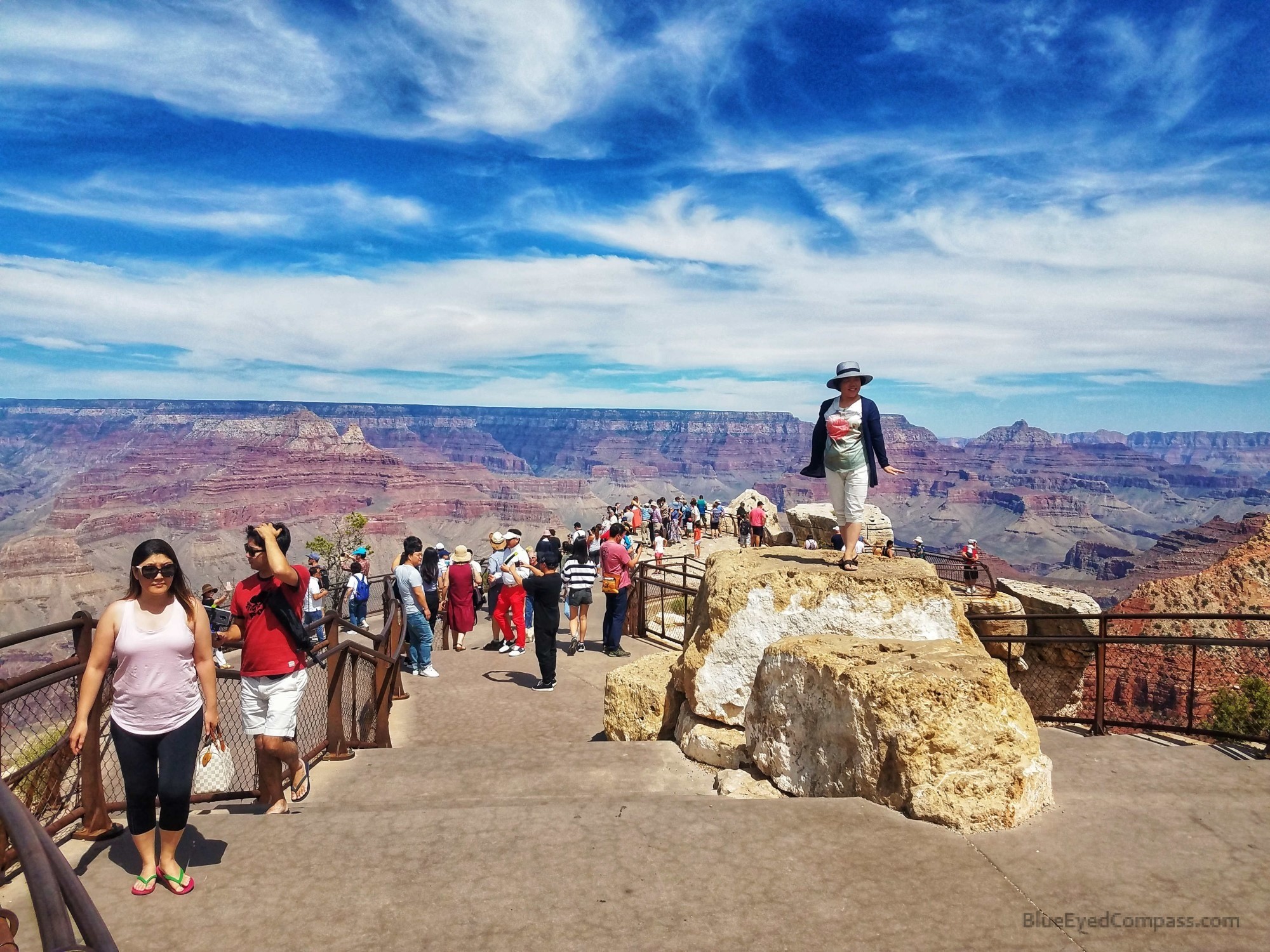

From John, the blogger behind The Hangry Backpacker
Venice, Italy
“Activists in Venice have formed “No Grandi Navi,” a group which fights against large cruise ships in the Venetian lagoon. These massive vessels contribute to issues related to overtourism in Venice for three main reasons. The first is that many people who arrive by cruise ship are day-trippers that don’t contribute to the local economy by staying in hotels and dining there. The other is the significant movement in the water caused by the cruise boats, which damages Venice’s underlying wooden structure. The final reason is the pollution that the ships bring, which harms the lagoon’s ecosystem. In 2017, a referendum to divert large cruise ships out of the lagoon and into the docks in a nearby town passed with overwhelming support, but some are skeptical about the length of time and logistics needed to make this happen. No Grandi Navi keeps up their fight in order to protect the future of their beloved city.”
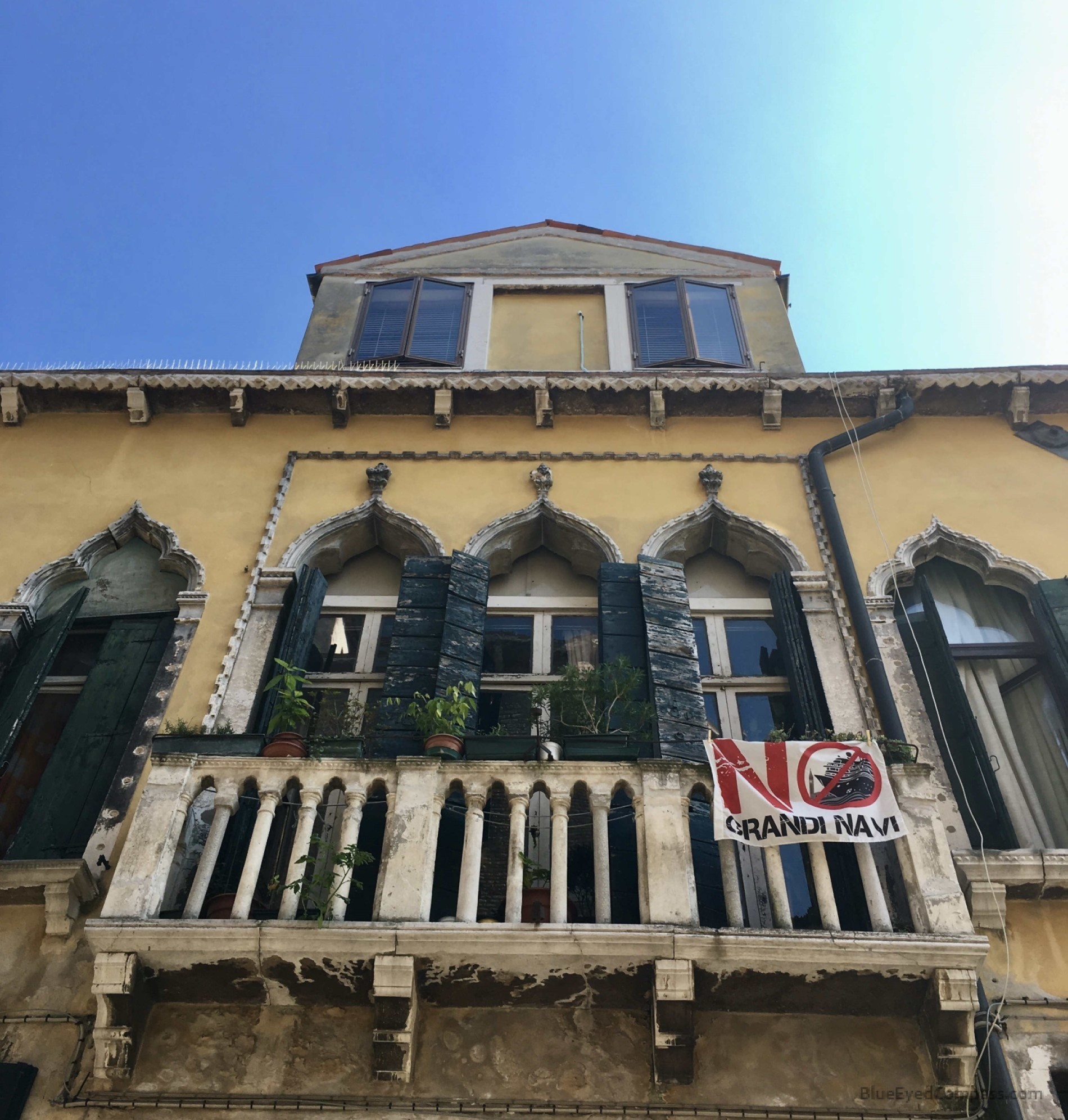

From Molly, the blogger behind Luggage and Life
That Wanaka Tree, New Zealand
“Nestled in the heart of New Zealand’s Southern Alps, a curved, spindly tree breaks the still waters of Lake Wanaka. Its branches spread out like fingers, its unique shape instantly recognisable. The landscape is striking yet serene. At least, that’s the expectation and the impression that most photographs of That Wanaka Tree give. In reality, head to the lake shore at either sunrise or sunset and you’ll be met by a coach-load of tourists all fighting for the perfect spot from which to take their image of New Zealand’s most photographed tree”
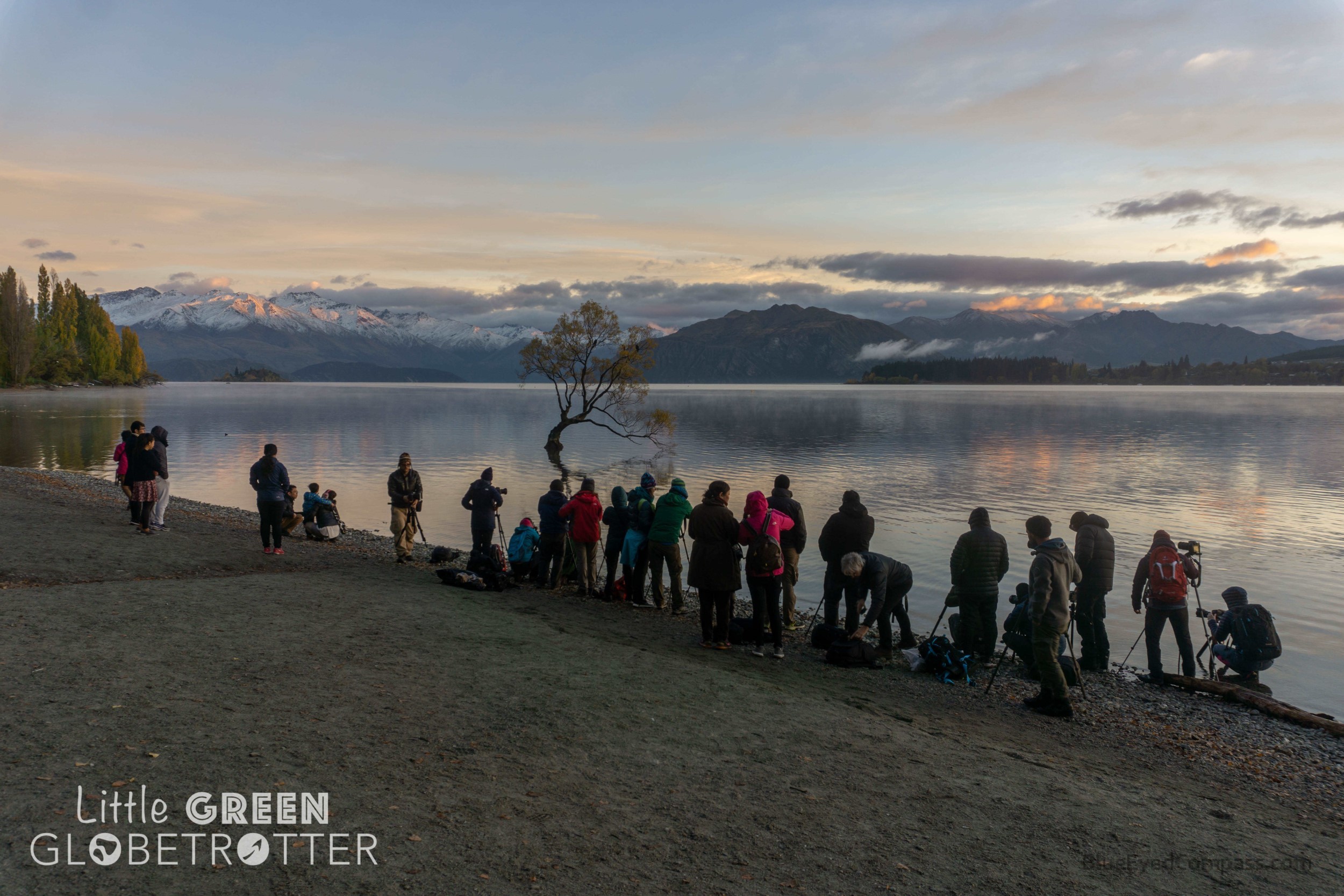

From Joss, the blogger behind Little Green Globetrotter
The Mona Lisa, inside of The Louvre, Paris France
“Not wanting to be jostled and pushed by fellow tourists I spent less than a minute in her presence. So if you want some peace and quiet to appreciate the Mona Lisa, don’t go to Paris in high season or visit the Louvre on the weekend.”
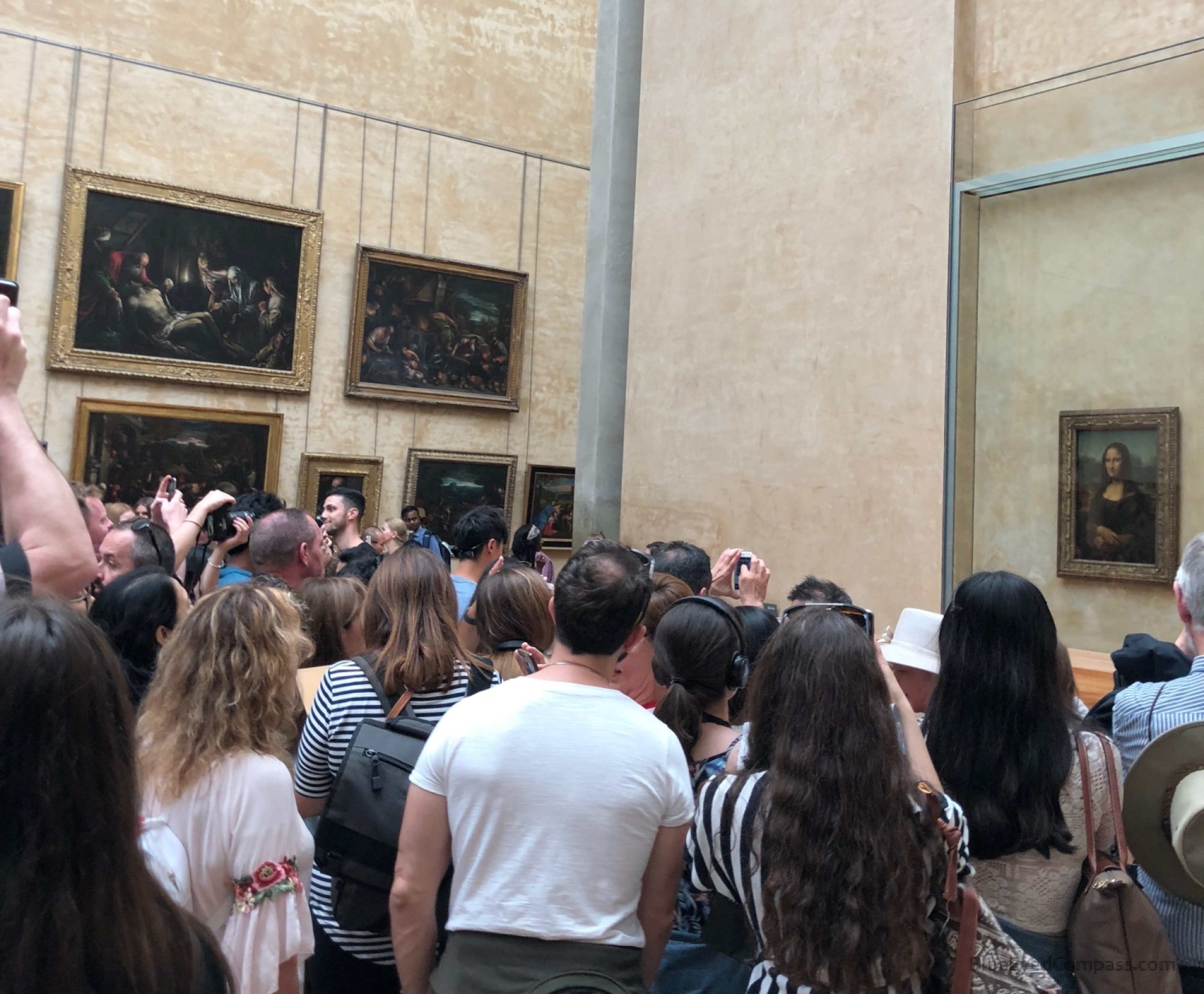

From Katie, the blogger behind Just Chasing Sunsets
The Narrows, Zion National Park
“This is at The Narrows – one of the most popular hikes in the park (this taken early too – only 10:00 AM!)”
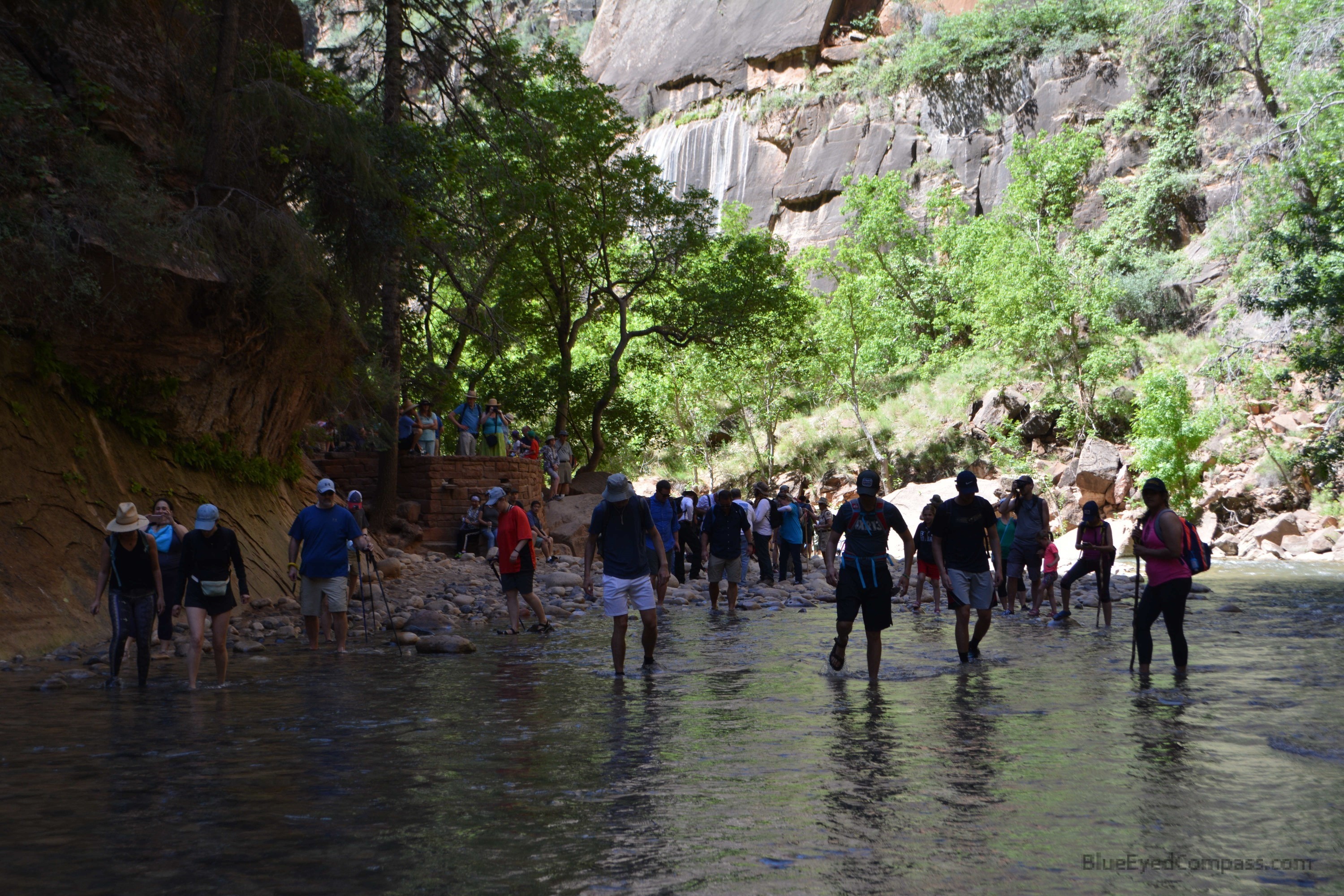

From Stephania, the blogger behind Travanie Travels
Sunset Beach in Koh Lipe, Thailand
“It’s hard to believe that just 30 years ago there wasn’t a single resort or tourist on this 2.5km by 3.5km isle. Whilst it hasn’t suffered extreme overtourism like Koh Phi Phi has, you can start to see strains on this tiny island. The first time I visited Koh Lipe was a year ago at Christmas, which was when this picture was taken. I was surprised when I revisited a month ago in February (1 year later) to find double the number of visitors.”
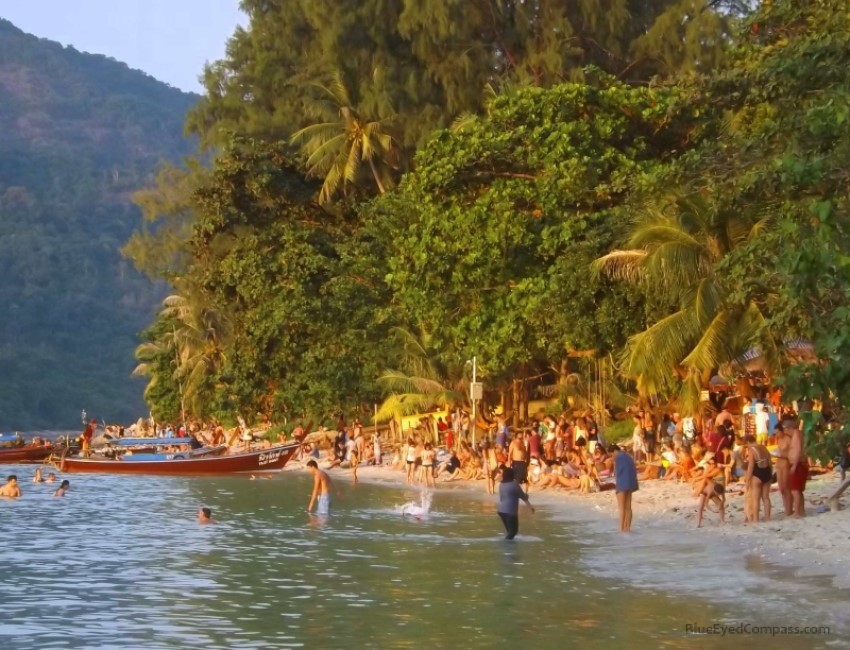

From Sherri, the blogger behind Travel Mermaid
Pin me for Later!
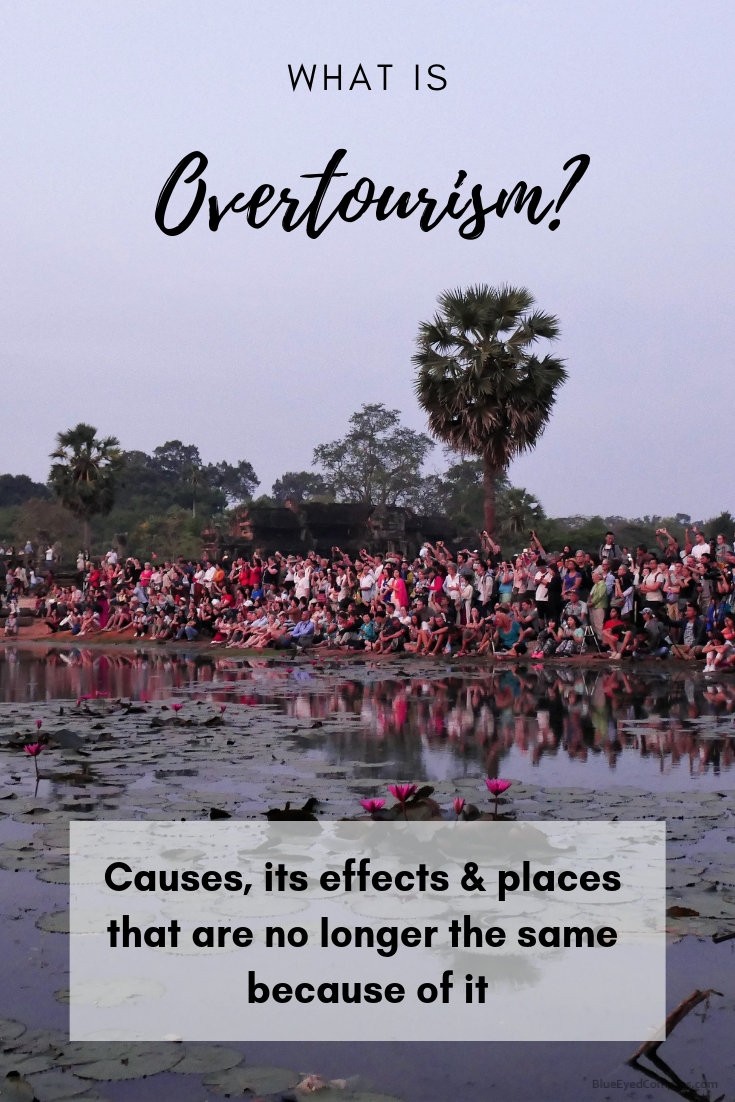

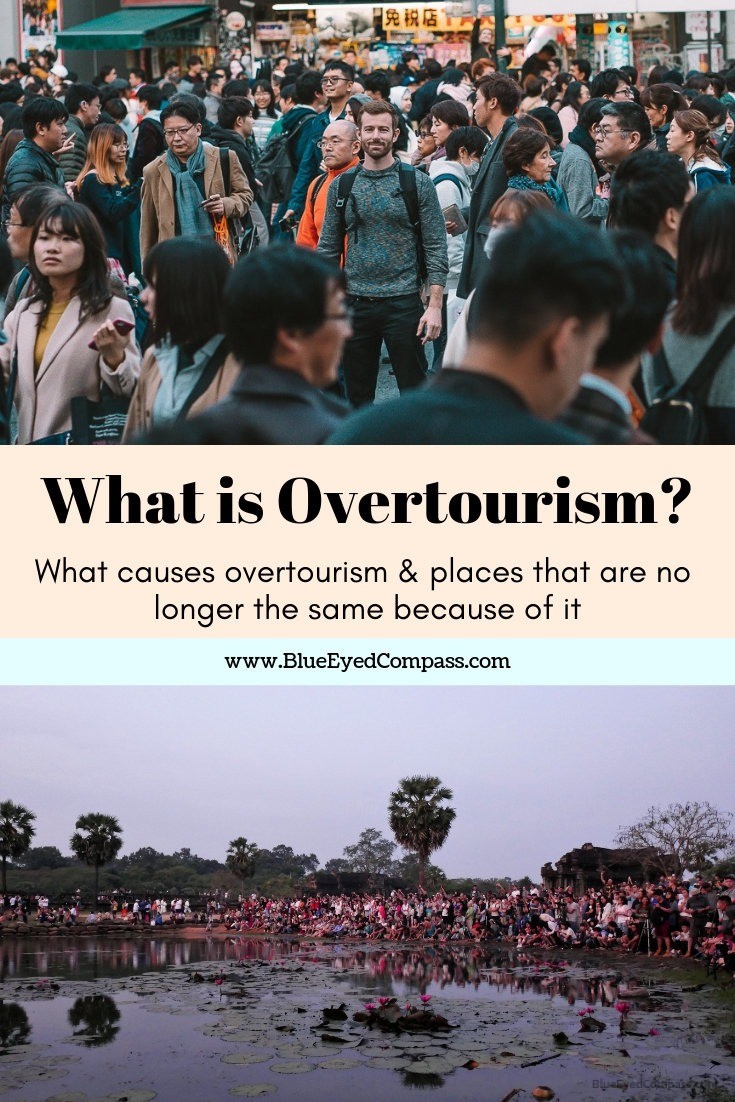

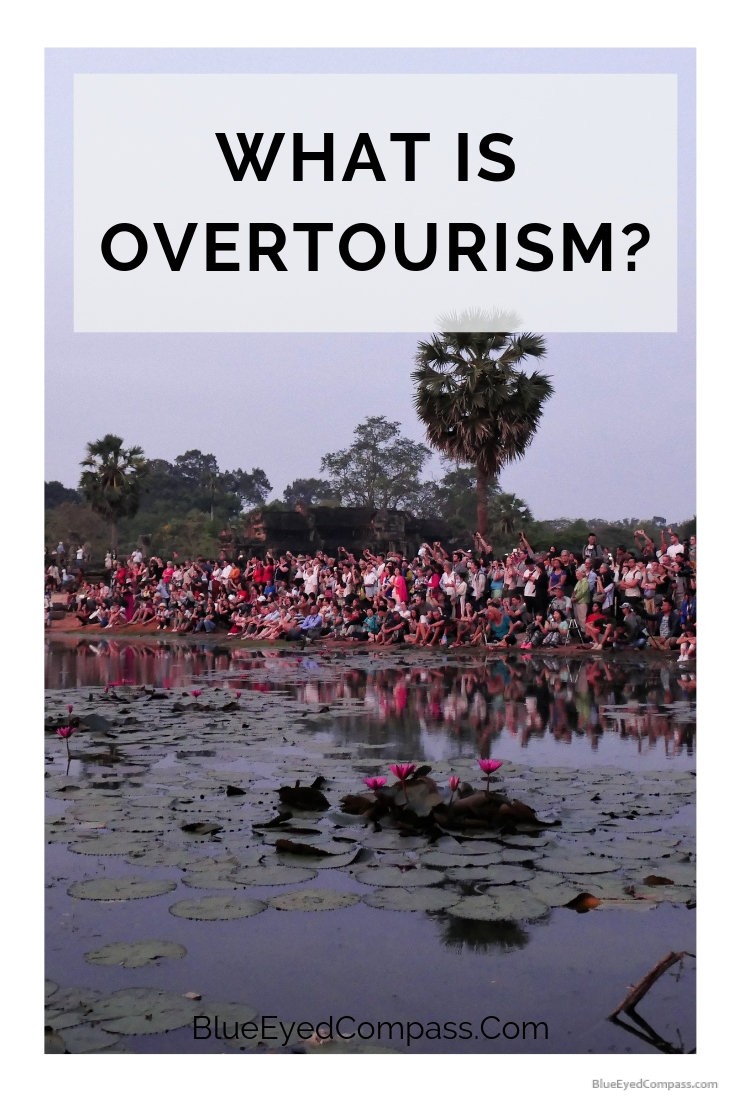

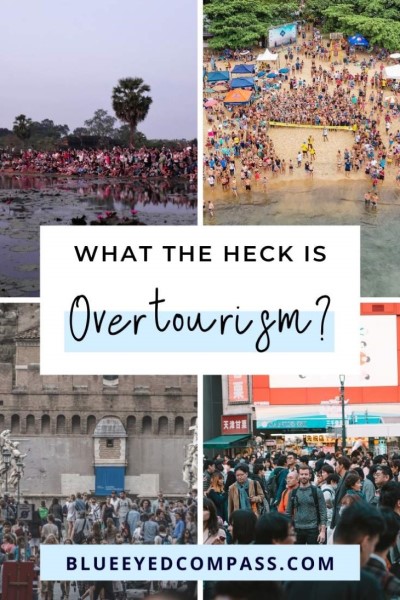

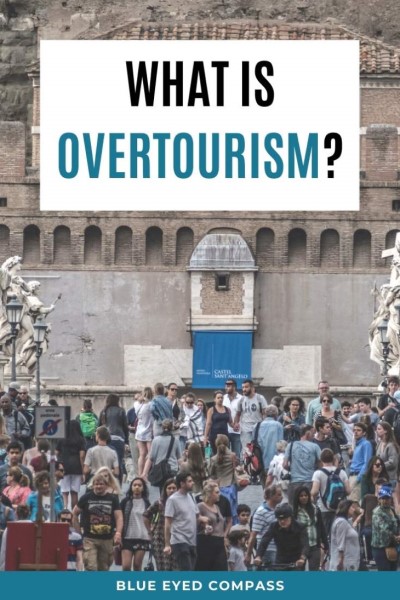

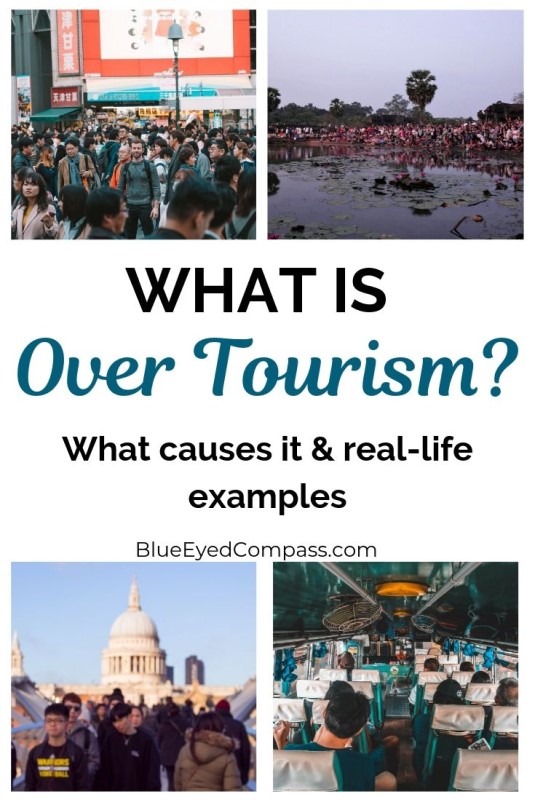




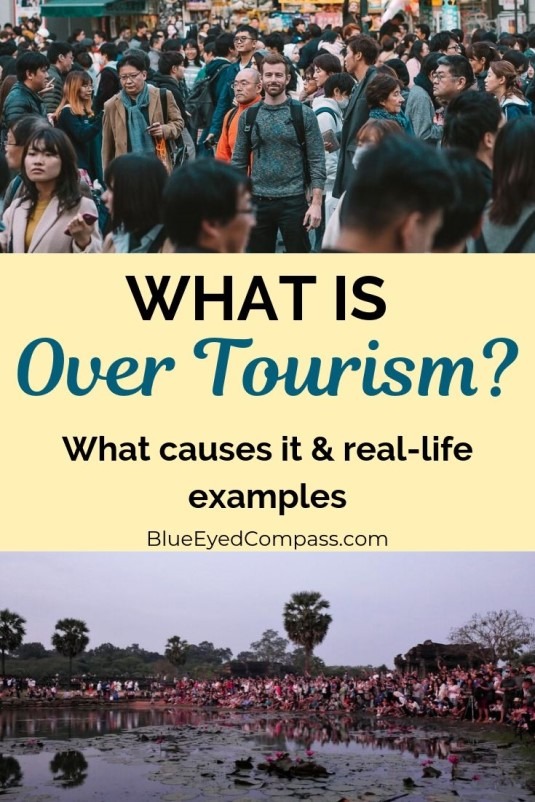



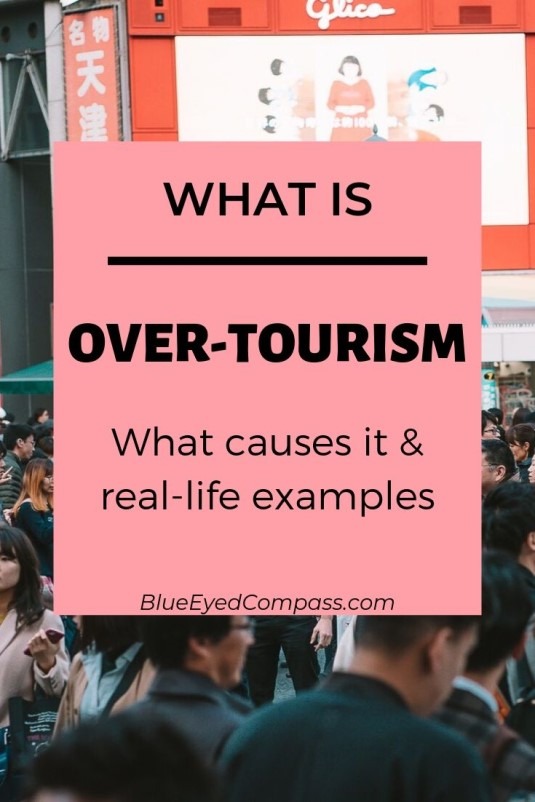

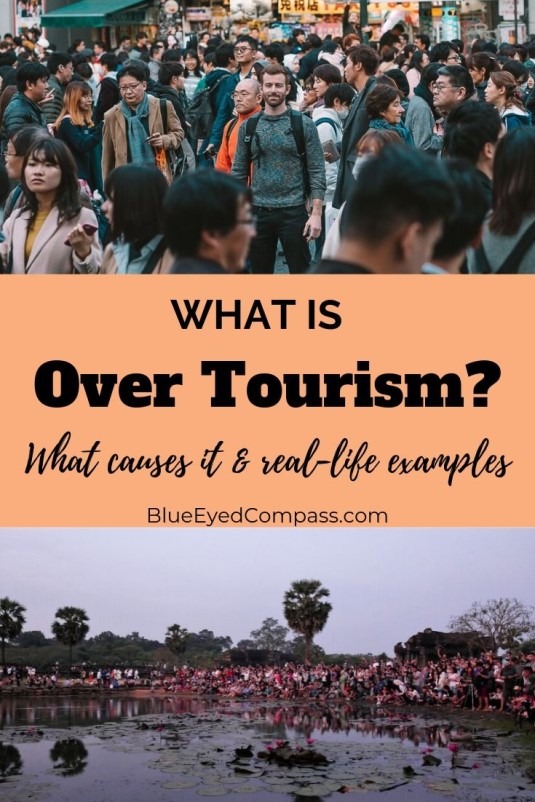

Follow Along





While I don’t think AirBnB is the only reason for inflated rent, I do think it plays a big factor. One of the reasons I rarely use it.
I agree, it’s definitely not the only reason for inflated rent, and good for you!
It’s crazy sometimes when you turn around and see that many people behind you.. I definitely felt like this in Venice. I really hate cruise ships too, it goes from nothing to swarms of people in some places!
So crazy! (and sometimes scary to see the throng of people closing in on you!) I’m not a fan of cruise ships either, it’s much too catered to enjoy any real adventure
This is such an important topic! Thank you for sharing. I personally am going to try to visit lesser known spots to avoid burdening spots.
Glad you found value from reading this! I’ve found that the lesser known places are even better than those major cities 🙂 Happy travels!